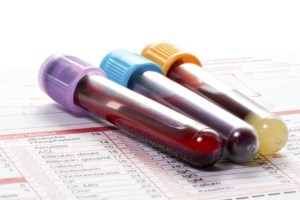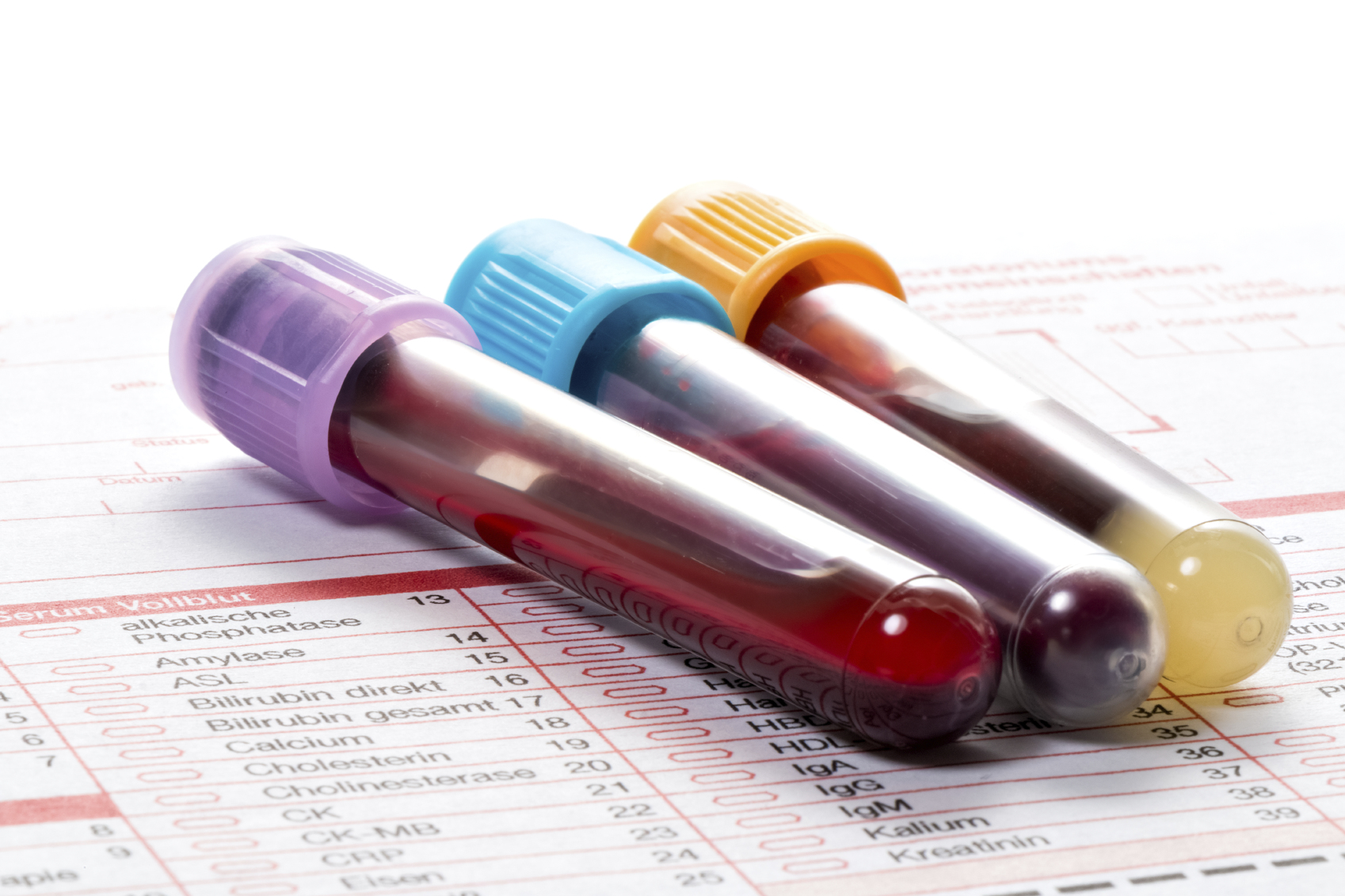 A recent study reports, for the first time ever, that a blood test taken immediately after a concussion can predict recovery.
A recent study reports, for the first time ever, that a blood test taken immediately after a concussion can predict recovery.
The study, which was published in the journal Neurology, involved a protein called tau. This protein can be seen as tangled fibres in the brains of people with Alzheimer’s dementia, and over a dozen other brain diseases. One of these is chronic traumatic encephalopathy, the disease that was famously diagnosed in NFL football players because of their multiple concussions.
Researchers in Rochester, NY measured blood levels of tau in blood that was drawn 6 hours, 24 hours, 72 hours and 7 days after a sport-related concussion in 83 participants. For 46 of these people, who were college athletes, they were compared with baseline levels of tau taken during preseason testing. The most important finding of the study was that the sample drawn 6 hours after concussion was a significant predictor of delayed return to play (longer than 10 days).
It is certainly too soon to say for sure that we will one day be measuring tau in local ER departments. More research is needed to determine how much tau is too much. There may be a clear threshold value for tau, with ‘normal’ and ‘abnormal’ levels. But levels may be so different from one person to the next that this will never be a useful diagnostic test.
It is certainly interesting to see a clear link between the brain’s response to an injury and long-term outcomes. This definitely fits with the current theory that concussions generate shearing forces that cause damage to brain cells. Many of our patients with pain and brain symptoms have suffered at least one major concussion, and it affects their overall symptoms.
Tau is a protein that is mostly produced in neurons, the cells that transmit information in the nervous system. The function of tau proteins is to hold together pieces of tubulin to make up microtubules. These long cables form the scaffolding structure of the long axon fibres that allow neurons to transmit information. Axons are the wiring of the nervous system, and tau keeps the wires from fraying, splintering or cracking apart during movement.
Brain disease occurs when tau is altered by our brain chemistry. This change is called hyperphosphorylation, and it makes the tau sticky, leading it to twist into paired helical filaments and neurofibrillary tangles. We have six different kinds of tau, and they all get tangled up in affected brains.
It may be that higher levels of tau suggest greater damage to the brain from a concussion. But this does not necessarily come from greater forces. It may be due to internal factors that affect some people’s brains more than others.
Integrative medicine is all about helping the body heal itself. We don’t know why some brains have better tau than others, but taking a holistic approach to brain health may be our best bet for bringing tau back to normal. We know that brain inflammation and other chemical imbalances can be influenced by what we eat, how we move, what we think and feel, and by many specific nutrients, microbes and toxins in the brain and body.
This kind of comprehensive approach to assessing and treating the brain is the most logical way to identify and eliminate the triggers that can disturb the delicate symphony in the brain. If it helps us identify brain injury sooner, a blood test for tau may improve the lives of millions.
The journal abstract is available at http://www.neurology.org
Interested in receiving great articles from the Seekers Centre?
Sign up to have them delivered right to your inbox.

